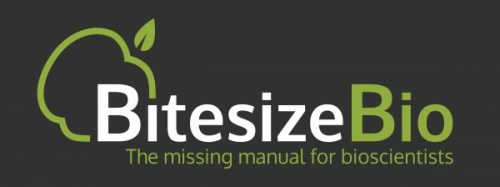Reverse Transcription Method Article Reveals Surprising Facts for Bioscientists
BitesizeBio.com has published its latest article covering choosing the proper reverse transcription method for a downstream application. The article shares that reverse transcriptases are affected by temperature.

Dundee, United Kingdom – April 5, 2017 /PressCable/ —
BitesizeBio.com has published a new article entitled “How to Choose the Correct Reverse Transcription Method”, which sheds light on the most important aspects of choosing the proper reverse transcription method for a downstream application.
BitesizeBio.com is a knowledge-sharing platform where individual scientists and companies are sharing their wisdom, know-how and solutions to create what has been called, ” the Missing Manual for Bioscientists.” The website is used, loved and depended-upon by hundreds of thousands of bioscientists each month.
The article includes several interesting pieces of information, one in particular is that reverse transcriptases are affected by temperature. This should be of particular interest to bioscientists because the thermostability of the reverse transcriptase can affect all downstream applications. Those involved in life sciences, and other interested individuals, can view the full article on the BitsizeBio website.
One of the most important piece of information the article conveys is that different methods of reverse transcriptions are appropriate for different experimental requirements. The best example of this is perhaps found in the following extract:
‘Quantitative Reverse transcription PCR (RT-qPCR) is frequently used in the lab to detect and quantify RNA expression in a sample. The first step of the assay is to convert the labile RNA to its complementary DNA (cDNA) counterpart through reverse transcription (RT). In fact, RT is the first step in a variety of molecular biology techniques used to study RNA, because converting the labile RNA to more stable DNA makes the analysis easier and more reliable.’
In discussing the article’s creation, Dr. Amanda Welch, Editorial Manager at BitesizeBio.com said, “Reverse transcription, the first step in many molecular biology techniques, is not trivial. This article reminds researchers of this, and educates newer scientists of the advantages and disadvantages of each method. I hope that this article serves as a guide for reverse transcription method selection and provides an easy-to-understand resource for all scientists in the lab.”
This article is part of BitesizeBio.com’s Sponsored Education series, and is sponsored by ThermoFisher Scientific. ThermoFisher Scientific are committed to helping their customers accelerate life sciences research, solve complex analytical challenges, improve patient diagnostics and increase laboratory productivity.
Contact Info:
Name: Dr. Nick Oswald
Email: nick@bitesizebio.com
Organization: Science Squared Ltd.
Address: The Vision Building 20 Greenmarket, Dundee DD1 4QB, United Kingdom
For more information, please visit http://bitesizebio.com
Source: PressCable
Release ID: 183173